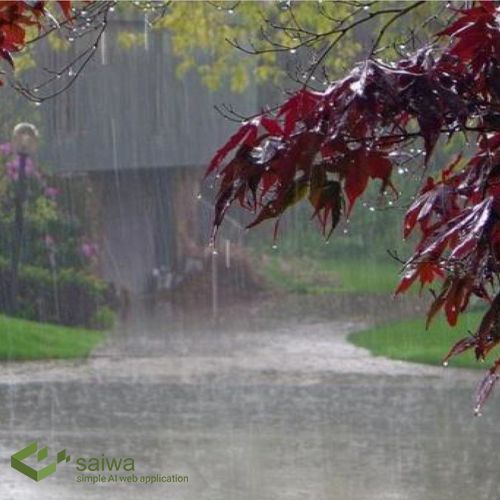Online Image Processing Tools
Image processing is the act of altering the look of an image in order to improve its aesthetic information for human understanding or unsupervised computer perception. “Digital image processing” is a subset of the electronics area in which a picture is converted into an array of small integers called pixels that represent a physical quantity such as the brightness of the surroundings, stored in digital memories, and processed by a computer or other digital hardware. The fascination with digital imaging techniques stems from two key areas of application: improving picture information for human comprehension and image data processing for storage, transmission, and display for unsupervised machine vision. In this paper, we will introduce numerous online image processing tools developed and built specifically by Saiwa.

Modifying input images before further analysis. Saiwa offers multiple image processing services: Contrast Enhancement, Denoising, Deblurring, Deraining, Inpainting and more.
Online Image Denoising
The technique of removing noise from a noisy image to recover the original image is known as “image denoising“. However, it might be difficult to detect noise, edges, and texture during the denoising process, resulting in a loss of detail in the denoised image. As a result, retrieving important data from noisy images while avoiding information loss is a challenging issue that must be solved.
Denoising is an online image processing tool for removing unwanted noise from images. It uses complex algorithms to detect and remove noise while keeping the original image quality. Both digital images and scanned images can benefit from online image noise reduction tools. It is a free web tool that is simple to use and does not require registration.


Image deblurring online
Image deblurring is the removal of blur abnormalities from images. Image deblurring is a process of recovering a sharp latent image from a blurred image produced by a camera shake or an object’s motion. It has sparked a lot of interest in the image processing and computer vision disciplines. To handle the image deblurring problem, a variety of methods have been developed. There are several picture deblurring methods available, ranging from classic ones based on mathematical principles to more current ones depending on machine learning and deep learning developments.
Denoising is an online image editing tool for removing unwanted noise from images. It uses complex algorithms to detect and remove noise while keeping the original image quality. Both digital images and scanned images can benefit from online image noise reduction tools. It is a free web tool that is simple to use and does not require registration.


Image deraining Online
The process of removing unwanted rain effects from input images is known as “image deraining“. Removing rain streaks from an image has received a lot of attention since rain streaks can decrease image quality and influence the performance of existing outdoor vision applications. In applications like surveillance cameras and self-driving automobiles, one must process images and videos that contain undesired precipitation artifacts that may impair the effectiveness of the processing algorithm. As a result, pre-processing techniques to eliminate these artifacts are critical.


Image Contrast enhancement online
Image contrast enhancement increases object visibility in a scene by increasing the brightness difference between items and their backgrounds. Contrast enhancement is normally accomplished as a contrast stretch preceded by a tonal enhancement; however, they can also be done in one step. A contrast stretch enhances the brightness differences evenly over the image’s dynamic range, while tonal improvements increase the brightness differences in the darkness, mid-tone (grays), or bright areas at the expense of the brightness differences in the other areas. Contrast enhancement procedures modify the differential brightness and darkness of items in the image to increase visibility.


Image inpainting Online
Image inpainting is one of the most complex tools in online image processing tools because it involves filling in missing sections of an image. Texture synthesis-based approaches, in which gaps are repaired using known surrounding regions, have been one of the main solutions to this challenge. These solutions are based on the assumption that the missing sections are repeated someplace in the image. A general understanding of source images is necessary for non-repetitive areas. Developments in deep learning and convolutional neural networks are used to produce online image inpainting, in which texture synthesis and overall image information are merged in a twin encoder-decoder network. To anticipate missing areas, two convolutional sections are trained concurrently.


